I was probably sitting at my beige plastic elementary school desk with the little pencil holder at the top when I first heard the phrase “New Year’s Resolutions.” Ever since then, I’ve wanted to be really good at setting New Year’s resolutions and seeing those fulfilled.
I probably wasn’t using that exact language “fulfilling my New Year’s Resolutions,” (I mean, what five-year old would?) but I knew generally what it meant and that it was something I wanted to do. That enneagram 3 type coming in strong already.
Yet try as I might, whatever resolutions I set out to achieve on January 1st with gusto, I tended to lose momentum by February 1st. That fitness plan seemed way more work than was worth it. The stack of books that all seemed so enticing when I first wrote the list felt more daunting than letting Netflix just countdown into the next episode of Virgin River. The resolution to be kinder and more compassionate felt too vague and how the heck was I supposed to measure that anyways.
Nevertheless, I felt like I had already failed my resolutions and the year had just begun. Anyone else have the same story?
If you’re sheepishly raising your hand with mine, then can I introduce you to two things that have changed the New Year’s Resolutions conversation for me?
First: New Year’s Resolutions in 3 Steps
My three step process for ending 2021 prepared for entering 2022. It’s truly only three steps and it takes only as long or short as you want it to be. All the details can be found on this post here.
Second: the Kindred Planner.
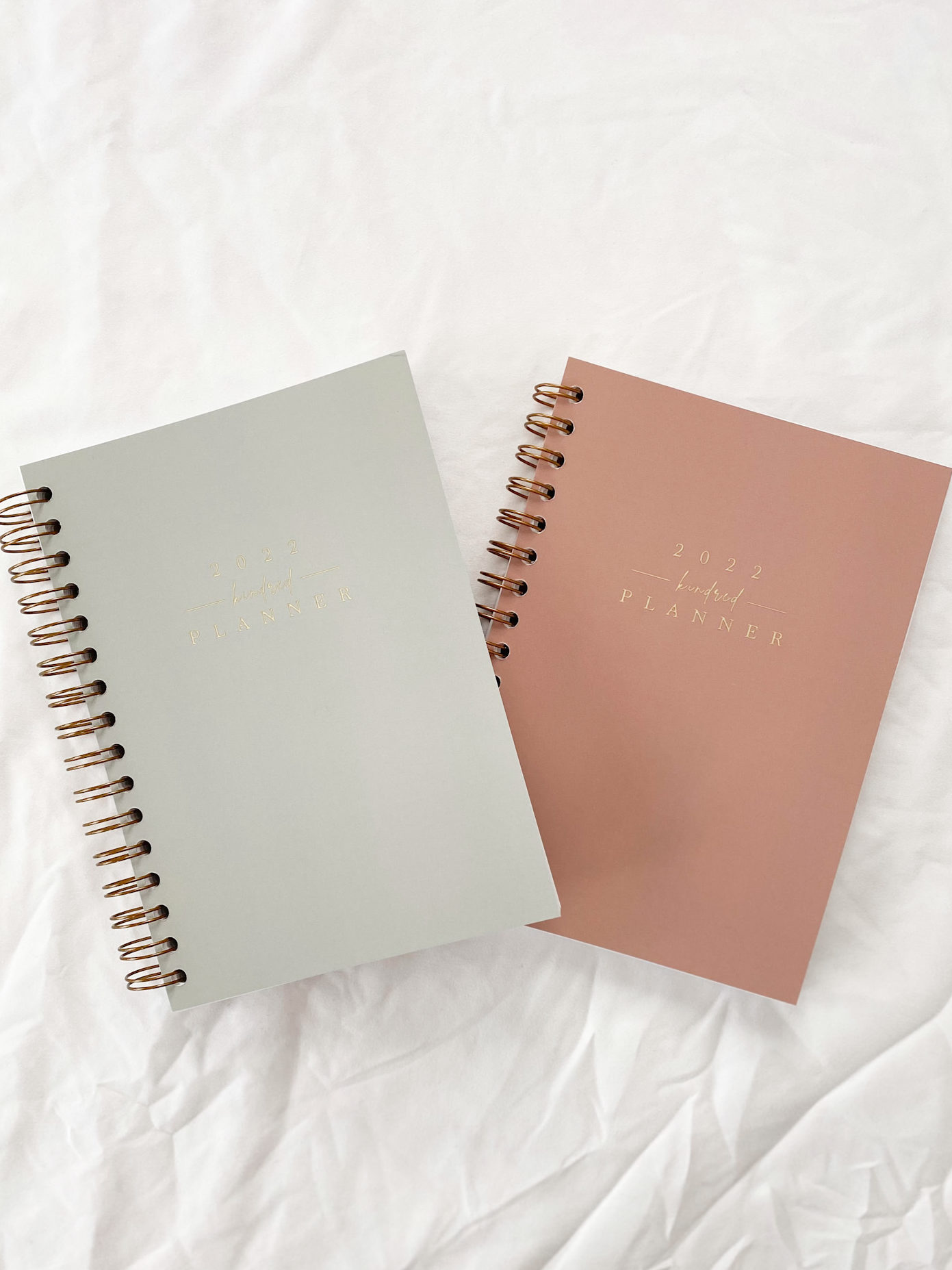
Before you write me off as “see I knew you would try to sell me on something,” let me explain why I actually think this planner will help you write the resolutions and see them through to the end, without the shame/guilt factor ever butting its head in.
1) the whole premise of the planner is not to make you feel as if you should do anything. The premise of the planner is to help you focus on who you are, while you do. Your human being-ness as opposed to your human doing-ness.
The planner was designed to remind you that while the doing of your life is valuable, it’s not all you are and definitely not the foundation of your worth. Therefore, by that foundation, if you succeed or fail at your resolutions, whether that’s on January 10th or April 17th, there will never be a call of shame or guilt pointing out your mistakes as something wrong with you.
Cue sighs of relief.
2) the planner is designed to not just help you write resolutions less “doing” focused, but to walk alongside you as you seek to live those resolutions out. How? Let me show you.
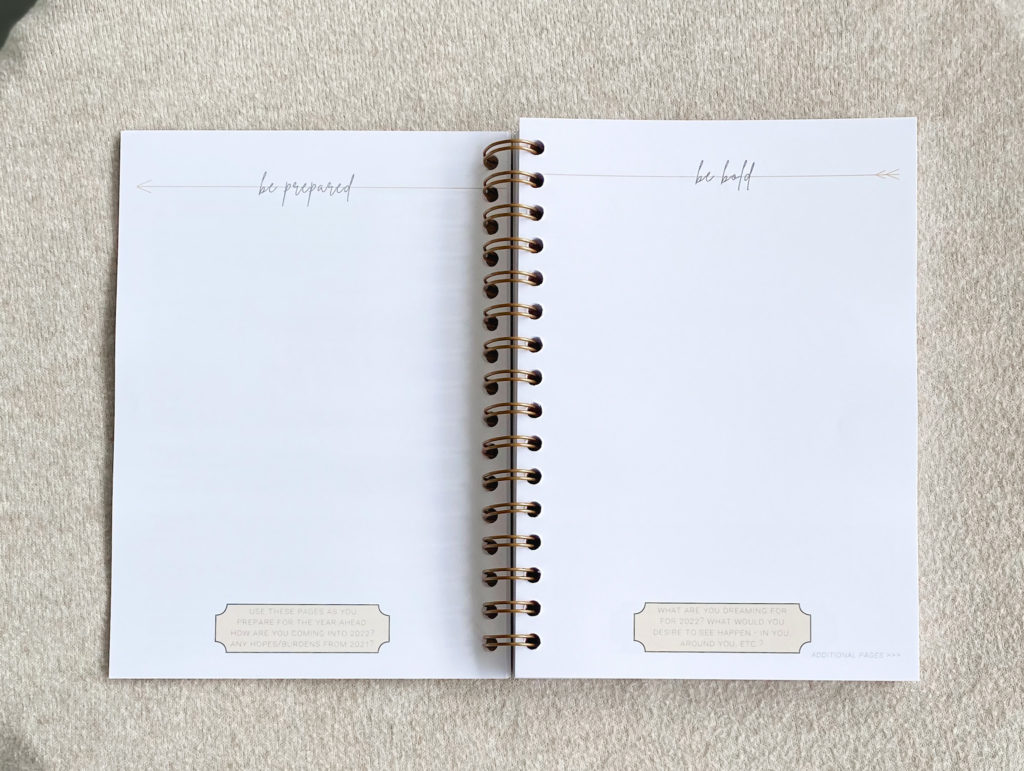
PREP PAGES
The first few pages are the “prep” pages. They are designed to prepare you for the year – think about and dream about what you want to be true of your year. Not just the quantifiable goals or the physical traits of you, but the less tangible things. Maybe setting more of a work/life balance, creating boundaries in relationships, practicing to be more compassionate, etc. The be goals. They set the tone of your planner and your year.
TRACKER PAGES
Then we have the tracker pages. The tracker pages I will admit are a lot more quantifiable or number based. They can feel more shame/guilt, but it’s really a means to help you actually keep track of how you’re doing. And you set the rhythm/habit to track. For example, if I wanted to create more work/life balance (which I do, it’s a constant moving target for me), then I’ll track my work hours each month. I’ll write down my desired hours to work each week and each day write down what I’ve worked. It helps me see where I’m actually making progress and where I’ve maybe not done so well. It’s a qualitative goal that has quantifiable things to track.
CHECK-IN PAGES
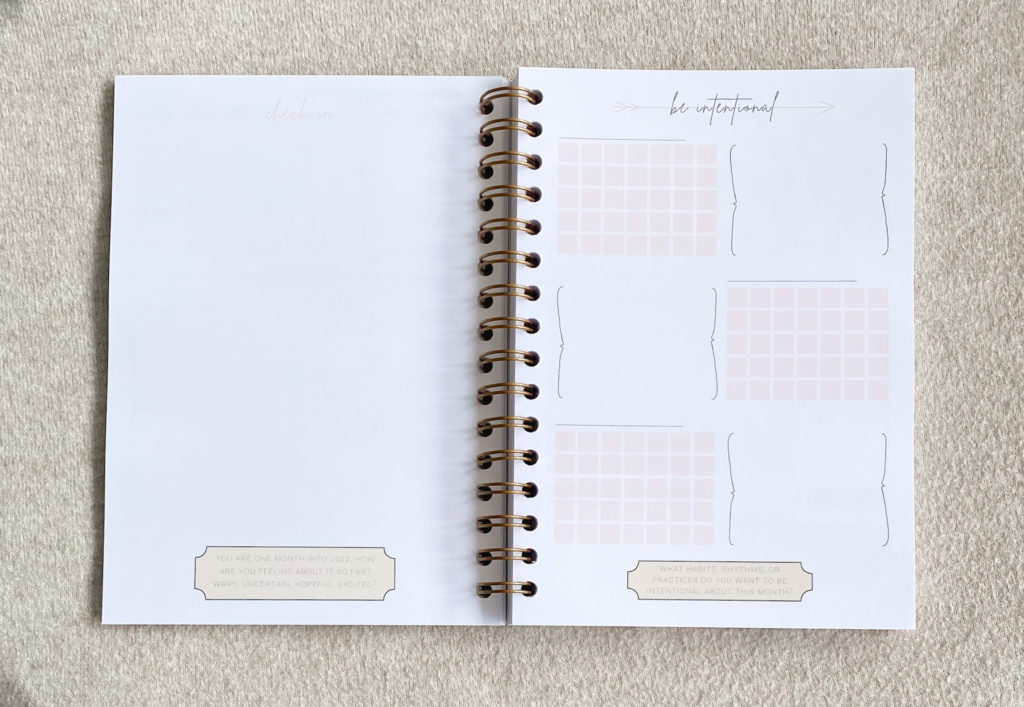
Next are the check-in pages. And like their name suggests, they are checking in with your heart. As you’ve set the goals and rhythms you want to maintain for 2022, how are you feeling about them? How is your emotional, mental, and heart wellbeing doing in order to help support the goals and rhythms you’ve set out to accomplish?
I mentioned this in our previous blog post about the three step resolution process, but if we don’t check in properly and periodically with ourselves, we’ll start to slip into unrealistic expectations for ourselves. Which can lead to more discouragement, disconnection, and overwhelm. These are monthly pages and annual pages, checking in and celebrating with you at the end of each month and year as you look back on how things were.
See what I mean when I say this planner isn’t built for shame and guilt, but to be a paper companion as you build rhythms and habits towards your overall goals and dreams?
So, NOW WHAT
If you’re ready to give the kindred planner a try, check out our 2022 planners here. Or if you want one that has a little more flexibility, our Simple Planner (completely undated, aka fill dates as you go aka no more blank pages) is the way to go. Or pin any image to save this for later.
Cheers to you as you create and follow through those resolutions and rhythms this year and into the years to come. Fingers crossed I’ll do better with my work/life boundaries too.
With joy & gratitude,
Val
Previous Post
Next Post
Show more
From the moments that have shaped Kindred & Co. to the big dreams seen fulfilled to the best roundup of YOUR kindred stories, here are our favorites posts.
Our Favorite Posts
need a place to start?
© kindred & co. 2020 | design by tonic
Boston, ma |. contact

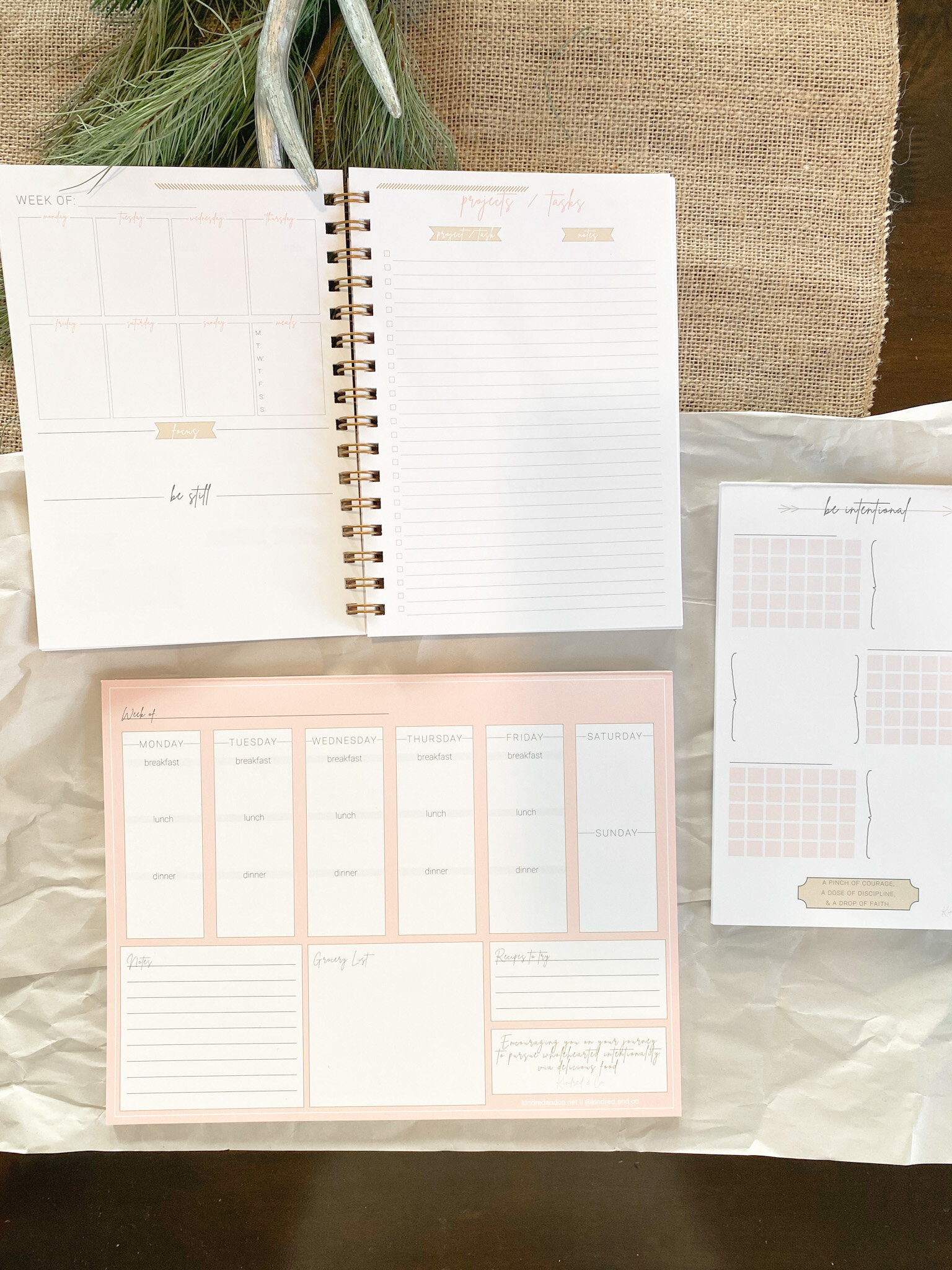
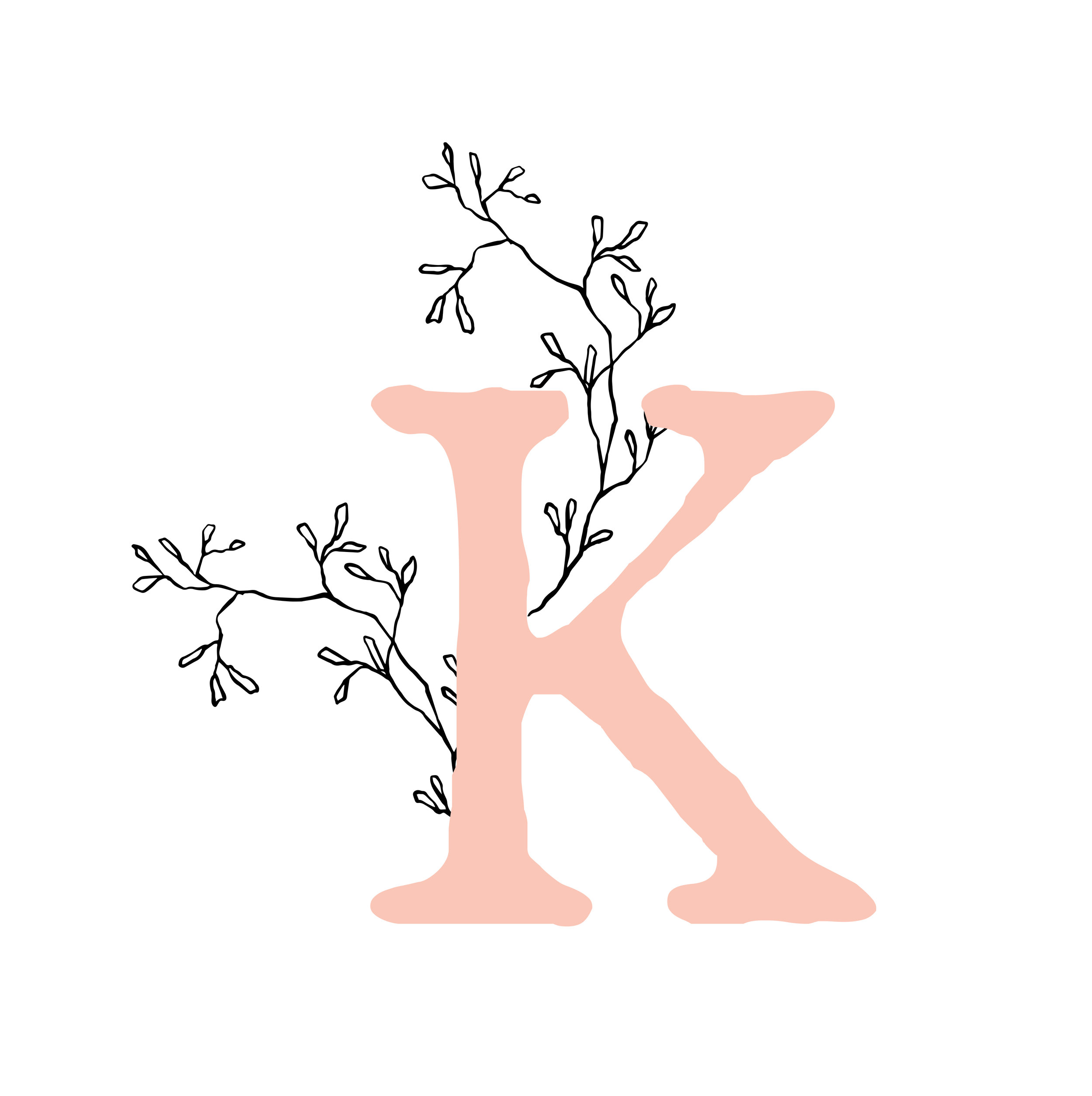
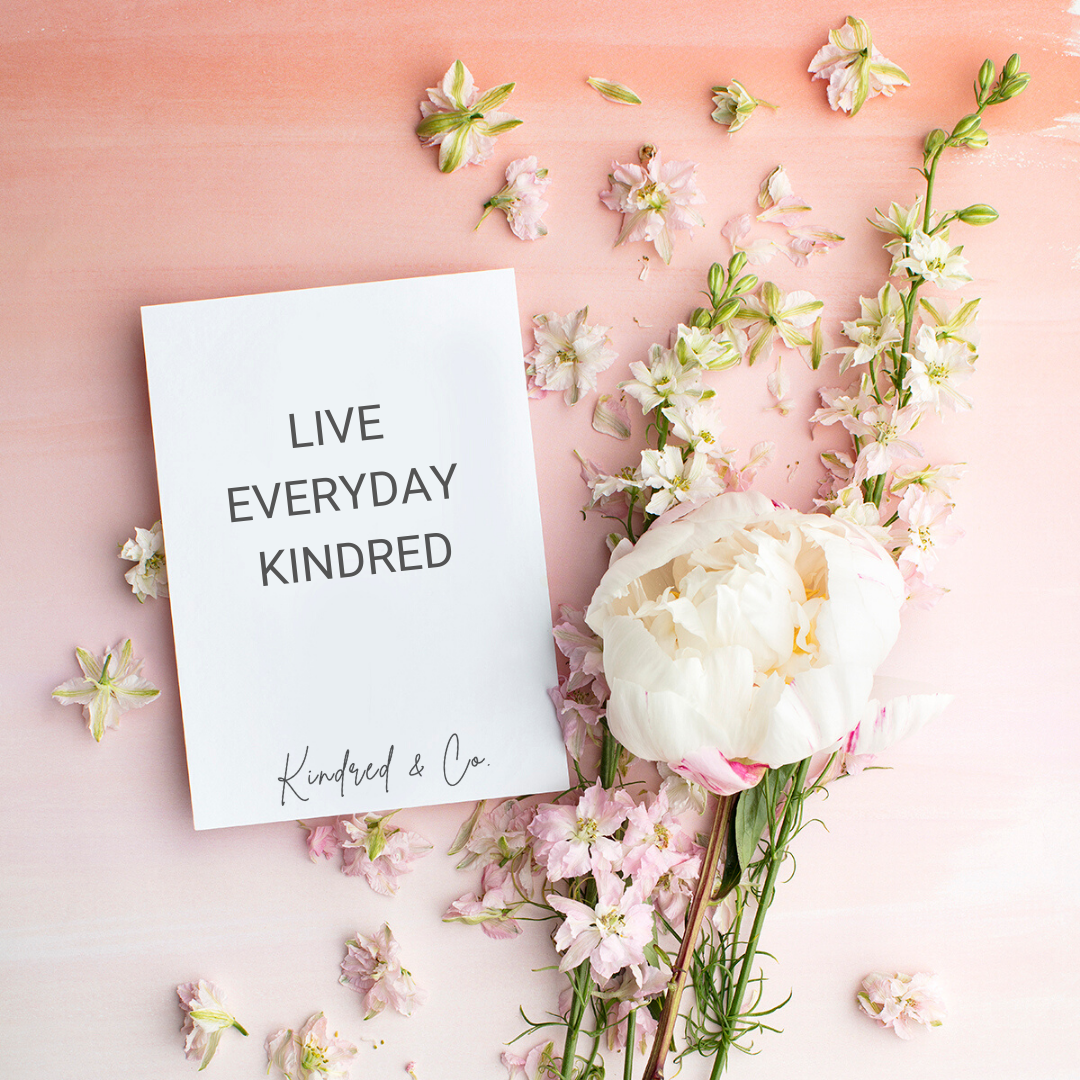


+ Show / Hide Comments
Share to: